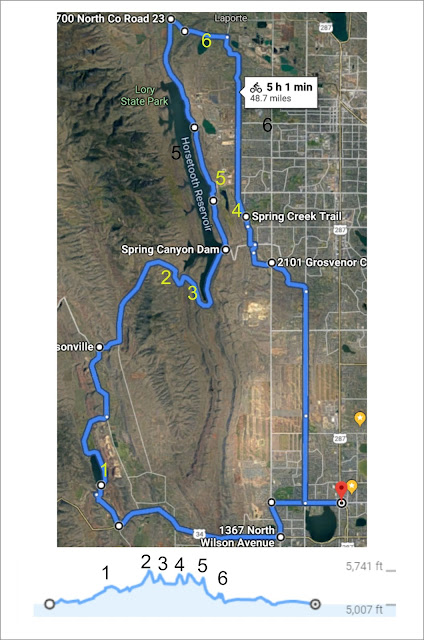Fear Threat Reactions
When faced with a perceived threat, humans and animals exhibit a range of fear-threat reactions. These reactions are physiological and behavioral responses that help individuals cope with the perceived danger and protect themselves from harm. The most well-known fear threat reactions are the "fight-or-flight" responses, but there are other adaptations that organisms may employ in the face of fear.
Fight-or-flight response
The fight-or-flight response is a common physiological and behavioral reaction to perceived threats. This response is mediated by the sympathetic nervous system, which triggers a cascade of physiological changes that prepare the body for action. These changes include:
Increased heart rate and blood pressure: This provides the body with the necessary oxygen and nutrients to fight or flee.
Muscle tension: This allows for rapid movement and defense.
Dilated pupils: This enhances vision in low-light conditions, which may be necessary for escape or defense.
Release of hormones: Hormones such as adrenaline and cortisol prepare the body for action and increase alertness.
The fight-or-flight response is characterized by two primary behavioral options:
Fight: This involves confronting the threat directly, either verbally or physically.
Flight: This involves fleeing from the threat to a safe location.
The choice of whether to fight or flight depends on various factors, such as the perceived severity of the threat, the individual's assessment of their own capabilities, and the availability of escape routes.
| Reaction | Description |
|---|---|
Fawn
|
Hide - make oneself invisible, the threat still exists.
|
Fight
|
Attack - self-defense by disarming the threat
|
Flight
|
Run - move away as fast as possible.
|
Freeze
|
Stop - cannot move, moving an make the threat worse
|
Finesse
|
Wade - Facing the threat and preserve anyhow.
|
Forget
|
Ignore - The cause for fear is not a threat.
|
Fold
|
Surrender - Give up, accept the fact the threat is beyond one's control.
|
Fade
|
Backup - Disassociated from the threat.
|
Neurological Reactions
The neurological reactions, also known as the "four Fs," involve specific neurological pathways and activations. These reactions are:
Fawn: The fawn response is associated with the activation of the parasympathetic nervous system, which promotes relaxation and conservation of energy. This response is mediated by the release of neurotransmitters such as gamma-aminobutyric acid (GABA) and acetylcholine.
Fight: The fight response is mediated by the sympathetic nervous system, which triggers a surge of hormones such as adrenaline and cortisol. These hormones prepare the body for physical action by increasing heart rate, blood pressure, and muscle tension.
Flight: The flight response, like the fight response, is mediated by the sympathetic nervous system. Adrenaline and cortisol play a key role in this response, preparing the body for rapid movement and escape.
Freeze: The freeze response is associated with the activation of the dorsal vagal complex, a part of the nervous system that regulates freeze behavior. This response is mediated by the release of neuropeptides such as opioid peptides, which promote stillness and reduce pain perception.
Neurocognitive Reactions
The neurocognitive reactions, also known as the "four Fs," involve cognitive processes and emotional regulation mechanisms. These reactions are:
Fade: The fade response involves suppressing or diminishing the emotional intensity of the fear response. This is achieved through cognitive reappraisal, which involves changing the way one interprets the threatening situation.
Fold: The fold response involves avoiding or withdrawing from the perceived threat. This may involve physical avoidance or mental disengagement from the situation.
Forget: The forget response involves suppressing or erasing memories of the fear-inducing event. This is thought to be mediated by the hippocampus, a brain region involved in memory formation and consolidation.
Finesse: The finesse response involves managing or controlling the expression of fear, often through coping strategies such as deep breathing or relaxation techniques. This response is mediated by the prefrontal cortex, a brain region involved in executive function and decision-making.
Phases of a Fear Threat Reaction
The four shock phases of a fear threat reaction are:
Trigger: This is the initial phase, where the individual perceives a threat and the fear response is activated.
Action: This is the phase where the individual reacts to the threat through either neurological or neurocognitive reactions.
Recovery: This is the aware phase, where the individual's physiological and emotional state returns to baseline.
Reaction: This is the safety phase, where the individual makes cognitive plans to change risks associated with the trigger.




